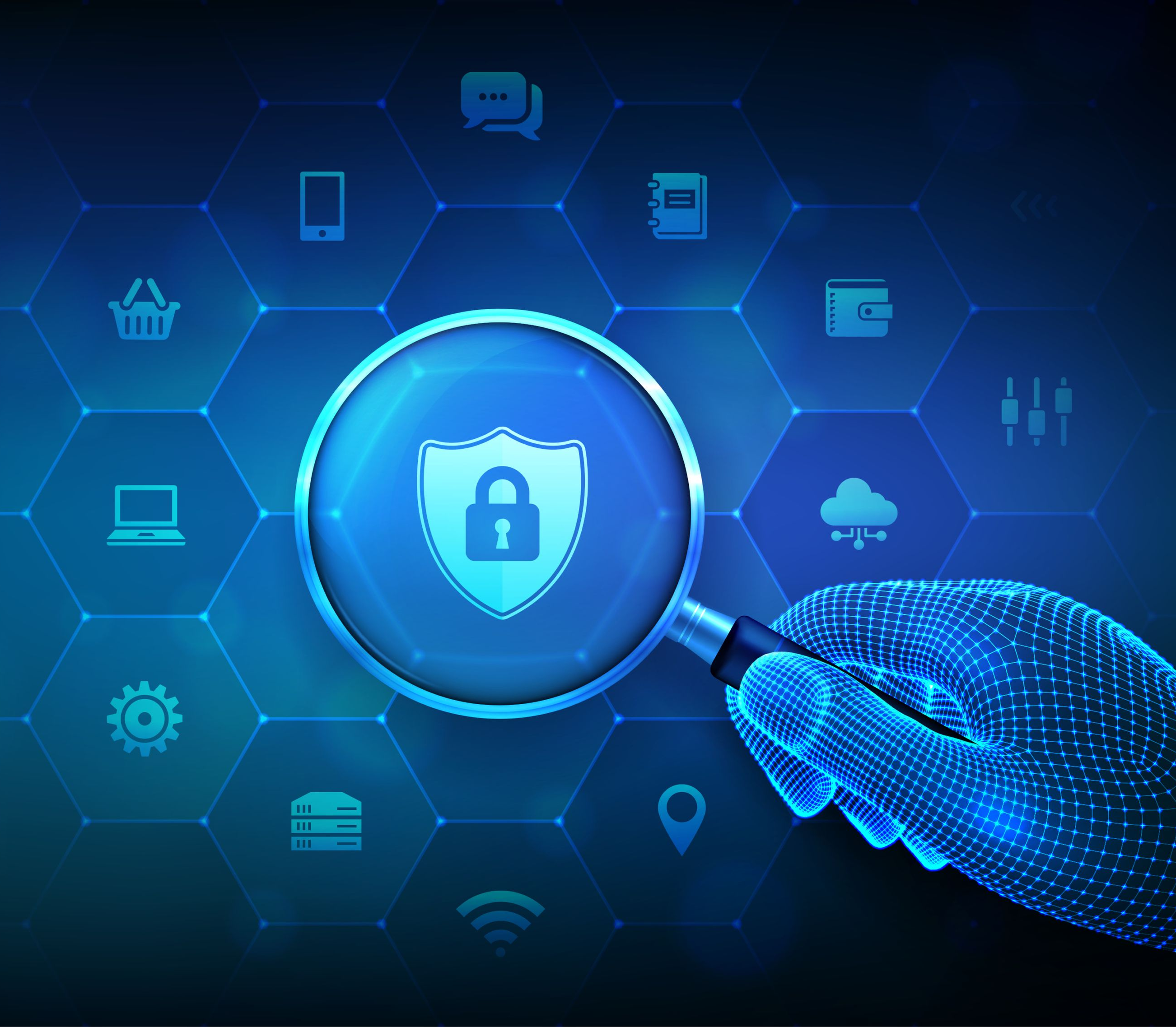What is 5G, and how will it affect Enterprise Internet Failover?
The future of enterprise internet failover may look different (as in much faster and more reliable). 5G networks offer increased speeds and highly reliable connections for various devices, the next generation of enterprise internet connectivity.
Combining cutting-edge network technology and the latest research, 5G should offer connections that are multitudes faster than current connections, with average download speeds of around 1GBps expected to be the norm soon.
The networks will help power a huge rise in Internet of Things technology, providing the infrastructure needed to carry vast amounts of data, allowing for a more intelligent and connected world.
What is an Enterprise Internet Failover?
A failover link is a secondary Internet link setup to ensure Internet uptime is not lost in the case of a main link failure (i.e., Internet outages caused by traffic accidents, road construction, etc.).
Secondary Internet connections, or failover links, are prevalent—even necessary, within industries that demand near-perfect uptime for sending and receiving data. Industries include finance, healthcare, and cloud-based software services—any industry where data loss could be catastrophic.
Failover links are also becoming more popular with businesses that rely on Internet access for production, such as software development and media services, thanks to the plummeting costs associated with running multiple Internet connections. Imagine if your business lost its Internet connection and could not reconnect for an entire day: Could you operate like that?
If the answer is no, considering a failover link is in the best interest of your organisation.
Conclusion
We expect 5G to unlock future experiences like augmented reality (AR) and virtual reality (VR), automated cars, telemedicine, and connected buildings in smart cities. Imagine if firefighters could see the layout of the building in their helmets to find those in need much faster. That’s something tomorrow’s 5G could enable. In some cases, it could be truly life-saving. In addition to speed, the following characteristics make the future 5G network special:
Massive device connectivity: We expect it will help handle and manage the “massive IoT explosion.” IDC predicts more than 30 billion devices will be connected to networks globally by 2020.
Ultra-reliability: This is especially helpful for robotics industries, like healthcare and manufacturing. A 5G network will be one you can depend on.
Ultra-low latency: Latency is the time that passes between when you tell your technology to do something and when it does it. The industry expectation for 5G latency is less than five milliseconds—it probably took you about 4,000 times longer to read this sentence.
Better capacity and coverage – More connection points in a smaller area and using small cells and unlicensed spectrum will improve capacity. That means a better customer experience.
To learn more about New Era’s solutions please visit our page

 Australia
Australia Canada
Canada LATAM
LATAM New Zealand
New Zealand UAE
UAE United States
United States








